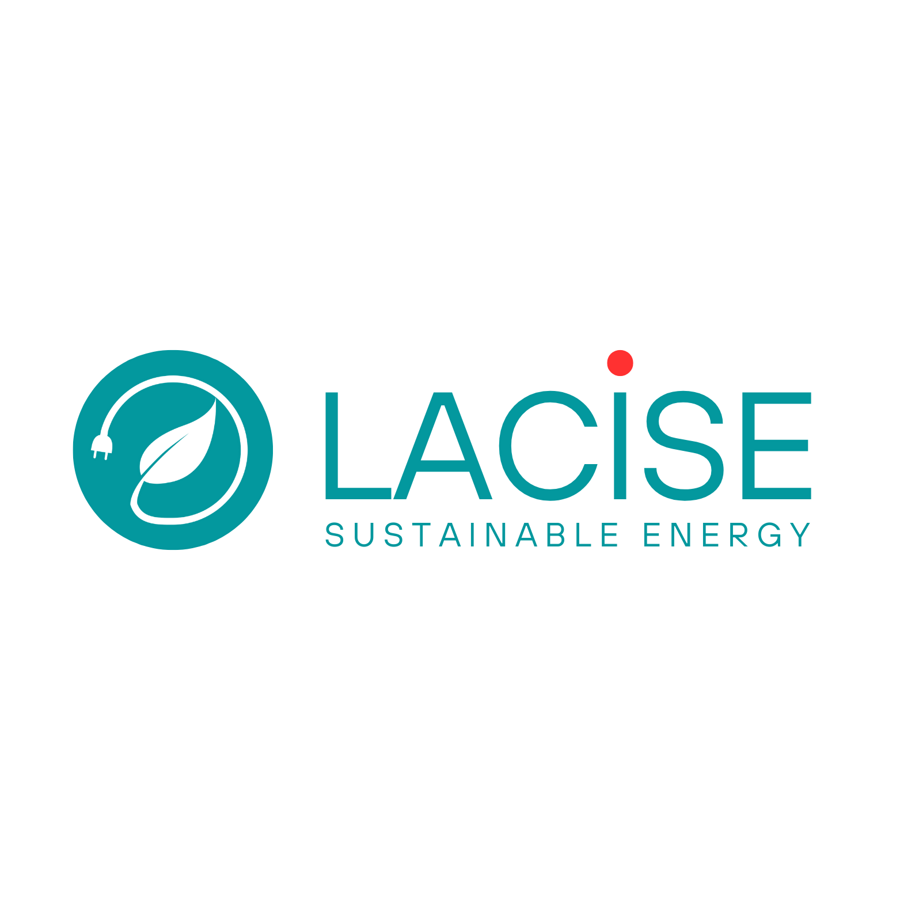Latvia and Switzerland collaborate on innovations in applied research projects

On June 10, 2025, the Minister Cabinet of Latvia approved an initiative led by the Ministry of Education and Science, which envisages continuing the applied research program "Partnership in Applied Research Areas: Innovative Materials, Information and Communication Technologies and Smart Energy" implemented within the framework of the Latvian-Swiss Cooperation Program.
In a radio news story prepared by the National Radio journalist Ilze Kuzmina and broadcasted on June 18, the essence of the Applied Research program is explained. Switzerland and Latvia are collaborating on innovative projects to improve asphalt, develop environmentally friendly batteries, and produce hydrogen. The Swiss-Latvian Applied Research program, with Switzerland investing over 10 million euros and Latvia contributing under two million euros, aims to drive technological progress and economic growth. Although Switzerland provides the majority of funding, about two-thirds of the total—more than 12 million euros—will benefit Latvia directly.
Switzerland’s investment is motivated by its desire to strengthen cooperation with the European Union, of which Latvia is a member. Lauma Sīka, Deputy Director of the Department of Higher Education, Science and Innovation of Latvia’s Ministry of Education and Science, explains that Switzerland is building bilateral research programs with EU countries, including Latvia, to promote economic transformation and innovation through joint projects.
The Applied Research programme is implemented in two projects – LACHMAT (dedicated to research on more durable, sustainable and cheaper asphalt and concrete materials) and LACISE. The latter focuses on energy storage and transmission. Project partners include the Institute of Solid State Physics, University of Latvia (ISSP UL) (the coordinator of the LACISE project), Riga Technical University (RTU), the Institute of Electronics and Computer Science (IECS) on the Latvian side, and the Paul Scherrer Institute (PSI), Zurich University of Applied Sciences, and Swiss Center for Electronics (ZHAW) and Microtechnology on the Swiss side (CSEM).
The LACISE project coordinator and head of the Energy Materials Laboratory of the ISSP UL, Dr. phys. Gints Kučinskis, in the radio story, explains that his institution is responsible for the storage component. ISSP UL, in collaboration with Swiss colleagues, develops new materials to make batteries last longer and deliver more power, thus creating better renewable energy storage solutions and reducing the amount of critical materials used. The project also explores the possibility of using aluminum waste from end-of-life window frames or solar panels to produce hydrogen. Researchers at RTU's Institute of Materials and Surface Technologies will focus on the development of new catalysts to extract hydrogen from water using sunlight. The work in this area will be carried out in collaboration with the PSI, where decades of knowledge will give students and young scientists the opportunity to gain experience from experts in the field, work with advanced technologies, and use available synchrotron radiation for in-depth materials research.
Regarding batteries, Kučinskis elaborated that two types of materials are to be developed to serve as cathodes, which are the most expensive parts of batteries. The research aims to explore how a cobalt-free material, made from more accessible resources, could be used in the cathode, making it more environmentally friendly without compromising performance. The second material under investigation is lithium iron manganese phosphate, intended for economy-class lithium-ion batteries that tend to be large and heavy.
The Latvian partner, IECS, which specializes in information technology and communication solutions to ensure grid stability, is also involved in the project. They will collaborate closely with the Swiss ZHAW and CSEM in using AI to develop innovative monitoring tools that will allow power grid faults to be quickly identified and resolved, significantly improving the security of the electricity supply. At the same time, planning tools are being developed to facilitate the expansion of electricity grids and their integration with renewable energy sources. Using real-time data and modern ICT technologies, an optimisation model is developed that will ensure grid stability even under changing renewable energy generation conditions.
Kučinskis explained that as renewable energy sources produce more electricity, the requirements for electricity grids are evolving, especially in their capacity to store and balance the energy generated. While gas turbines can be turned off when there is surplus electricity, the sun and wind cannot be halted.
The Ministry of Education and Science representative Lauma Sīka emphasized in the radio story that balancing the electricity grid is a highly relevant and complex research area. She also noted that Swiss scientists at ZHAW and CSEM, with whom collaboration takes place, have accumulated valuable experience in this field.
The project’s main objective is to learn from Swiss partners, but it also aims to strengthen Latvian scientific capacity and foster mutual exchange. Kučinskis highlighted that the cooperation involves not only learning but also leveraging areas where Latvian research institutions are equally strong or even stronger. To strengthen the ties of both countries’ researchers, a Swiss-Latvian Competence Center for Energy Storage and Smart Grids has been established within the scope of the project.
Overall, the Swiss-Latvian Applied Research program is expected to involve 55 young scientists and 29 more experienced researchers.
